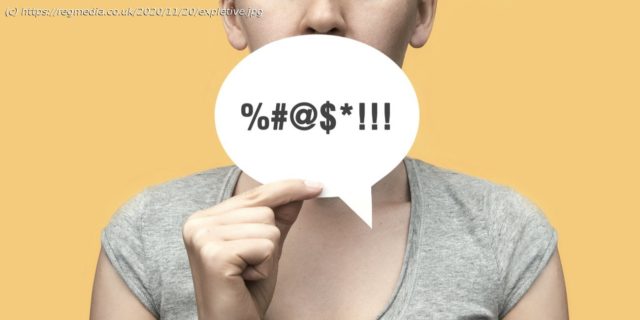Plus: Who is responsible for libel by ML models, and more
In brief AI text-to-image generation models are all the rage right now. You give them a simple description of a scene, such as „a vulture typing on a laptop“, and they come up with an illustration that resembles that description. That’s the theory, anyway. But developers who have special access to OpenAI’s text-to-image engine DALL·E 2 have found all sorts of weird behaviors – including what may be a hidden, made-up language. Giannis Daras, a PhD student at the University of Texas at Austin shared artwork produced by DALL·E 2 given the input: „Apoploe vesrreaitais eating Contarra ccetnxniams luryca tanniounons“ – a phrase that makes no sense to humans. But to the machine, it seemed to generate images of birds eating bugs consistently. Daras made the following claim:
The PhD student said the examples showed DALL·E 2 has an understanding of some mysterious language, in which „Apoploe vesrreaitais“ means birds and „Contarra ccetnxniams luryca tanniounons“ means bugs or pests, apparently. But another researcher named Benjamin Hilton tested Daras’s claims, adding the words „3D render“ to the same input prompt. Instead of just birds eating bugs, Hilton got pictures of „sea-related things.“ The prompt „Contarra ccetnxniams luryca tanniounons“ on its own also generated images of random animals and not bugs:
Tweaking the inputs by adding random words to the original „Apoploe vesrreaitais eating Contarra ccetnxniams luryca tanniounons“ prompt makes DALL·E 2 produce strange images of grandmas, beetles, or vegetables. Hilton believes that it shows the model doesn’t have a secret understanding of some unknown language, but instead demonstrates the random nature of AI. Why exactly DALL·E 2 associates those images with the gibberish inputs remains unclear. Reports of a racially biased algorithm used to help social workers decide whether to investigate families for child neglect has prompted officials in Oregon to drop a similar tool they have used since 2018.






